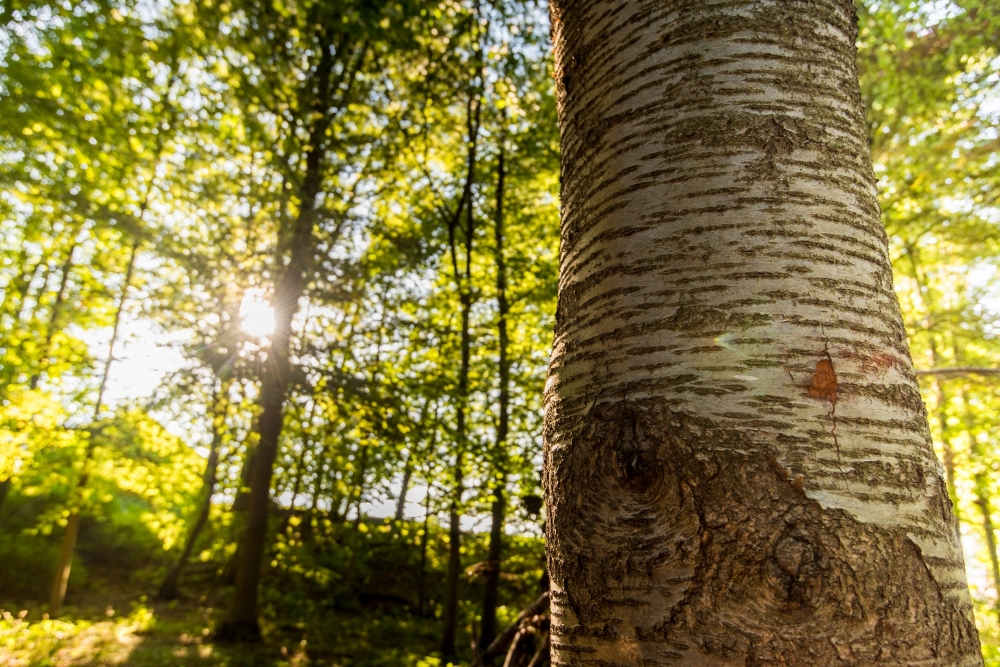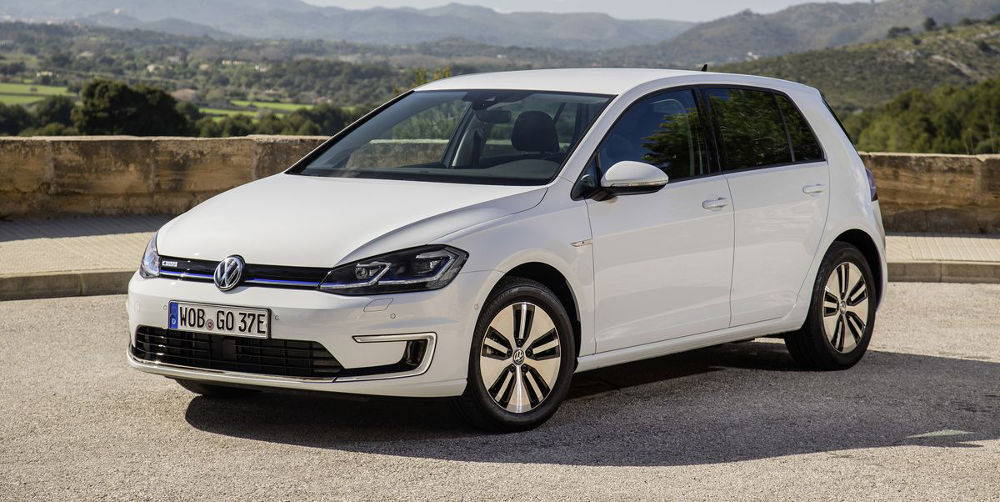by Michael Smith (Veshengro)
The British Chief Scientist overnight morphed from a virologist to a climatologist (maybe even a Scientologist, who knows – apologies, I do have a sarcastic streak).
In his speech on Monday, November 8, 2021 at COP 26 in Glasgow he said, among others (paraphrased): “Climate change is more dangerous than the pandemic could ever be and therefore it is important that governments have to force people to change their behavior and make changes in their lives and that governments introduce restrictions (to people's freedoms).”
What a while ago has been seen as figments of the minds of so-called conspiracy theorists appears to be now becoming reality. Whether it is being called a lockdown or not is not the issue.
I must say that I, and I am not alone in this, have seen this coming and, and hopefully I am wrong, the restriction of private motoring (as long as it is not by electric vehicle) as well as the restriction to private long distance journeys, especially by aircraft, and it could go as far, in my opinion, of government telling us, more or less what we can eat and what not, such as meat, could all be part of this. Currently they are doing this by persuasion, and other means of manipulations, but if that is not going to have the desired effect we can be certain that heavier guns are sure going to be brought to bear.
None of this has been said, so far, but the very idea of forcing – the man's very words – people to make changes to their behavior and lives and the idea of restrictions mentioned is an indication that such things could be in the offing.
Presently it is all done more or less by what could be called nudging and making people feel guilty, for instance about eating meat, and this agenda is currently very heavily peddled in the media, from print and online “newspapers” and magazines, to radio and television.
It has, however, already been rumored in certain quarters that some kind of “lockdowns” could be put in place where private (motor) vehicles may only be used by certain people at certain days. Anyone remember the restrictions during the so-called “oil crisis” when no one was permitted to drive on Sundays?
Now we have ideas of that nature coming from the Greens in Germany, especially directly from the Economy Minister Robert Habeck (Greens), and we are talking here about measures that a while ago were claimed to be fantasies of so-called conspiracy theorists.
What some of the so-called conspiracy theorists have been envisaging is not half as bad as what the governments are really planning, it would appear, and which has been ordered, more or less by bodies such as the UN and the WEF. The world government has arrived by the back door thanks to a certain virus claim.
The Ultra Low Emission Zone of London instigated by the Mayor of London, Sadiq Khan, which is now being extended to all of even Greater London, is just another one of those things. This impacts greatly on people who cannot afford new low emission vehicles or EVs and some will not even be able to get to their own homes without each and every time crossing into the ULE even if they have not gone into London directly.
What it boils down to, really, is that certain powers are trying there very best to make private motoring impossible for all but those that have enough money to buy an EV. This is something that I, together with others, have been foreseen years ago already.
The talk of climate change is an agenda. Yes, the climate is changing and it has done so since the Earth has been existing and that about ever 500 years or so, and man has very little influence on that. Our problem, as far as the environment is concerned is pollution but the tackling of this the powers-that-be have tried to avoid for ever and an day. Pollution we can sort, climate change we have adapt to.
Climate change has become a means by the governments, especially the world government by the UN and the WEF, of people control and is being pushed through for that very purpose, together with supposed pandemics.
Is Climate Change real? Yes, it is. The climate is changing but we may be heading for peak heat and could be returning very soon to another mini ice age. That is the way the earth has been working ever since. In fact, we are due for another mini ice age and we may have, actually, averted it due to our activities.
On the other hand CO2 is the food for plants and without it, and without sunlight plants, and especially crops, will die. They will too in droughts, as we have experienced recently, but are droughts really anything new? No, they are not and neither are the drying up of rivers such as the Rhine. In the early 1900s the Elbe river dried up to such an extent that people could cross over on foot in the river bed at Magdeburg. The Rhine was been almost non-navigable due to low water levels many times in history but this must not be mentioned as it does not fit the agenda.
Bees, and other pollinators, for instance, are not dying because of climate change but because of the way we farm nowadays and have been for a while, throwing dangerous chemicals about.
We need adapt rather than trying to change the climate, or the weather, or both, especially not by means of so-called geoengineering. Being able to make it rain, for instance, is one thing and we can do that but we have no idea how to turn it off again. Trying to spray some aerosols in the sky to reduce sunlight also is not a great idea for sunlight is needed for plants to grow while, and we know that too, too much of it is not good also. Playing gods, on the other hand, is a bad idea altogether.
While reducing the use of combustion engines will reduce air pollution the wholesale use of electric vehicles will not make things better either. There we have the often hidden costs, whether in pollution or human misery and that very much so with regards to the mining and production of the materials needed for the batteries. Furthermore the electric supply change will not be able to handle all those vehicles being charged all the time. Thus, the ordinary punter will no longer be able to have and use his or her own car and thus be no longer able to get from A to B by his own means. I am not a driver and I do not own a car but I will defend anyone's right to own and use one, period.
Our most urgent thing or things to do, aside from adapting to a changing climate, is to reduce pollution on all levels and get away from the throw-away society of today. And also, and especially, from products made cheaply in developing and Third World countries which are cheap only because workers are exploited and environmental, as well as health and safety rules either do not exist or are being broken.
Most important, probably, is that, aside from the products being again, more or less, all made “at home”, in our respective countries, bringing some industries back home, products be made, once again, in such a way that they can be (easily) repaired. Not only will it be better for the consumer but also and especially, for the world around us because fewer things will go into holes in the ground.
It will make products more expensive in purchasing, that is true, but it will all pay for itself in the long run, and that on many levels.
But, and here comes the big but, industry, corporations, are not interested in such a sustainable model because it reduces their profits because things that do not easily break and can be easily and even cheaply be repaired mean that they, the corporations, cannot sell us the same product over and over again simply because it is broken and cannot be repaired. In the realm of politics there is also no willpower to force industry to make such changes.
There is an answer to it but that would require a complete change of our political system and landscape and would mean that most companies would be in public ownership or be co-operatives, as well as all utilities and such like. The system, or its predecessor, has been tried before and only failed because of pressure from the capitalist countries around them and especially from one particular quarter, one particular country, which thinks that it has to bring “democracy” and “free”-market capitalism to every country of the globe, if necessary by force of arms.
Politicians like to blame the ordinary people for the change in climate and believe that they, the politicians, have to force everyone to do the “right thing”, if necessary by means of sanctions.
© 2022












